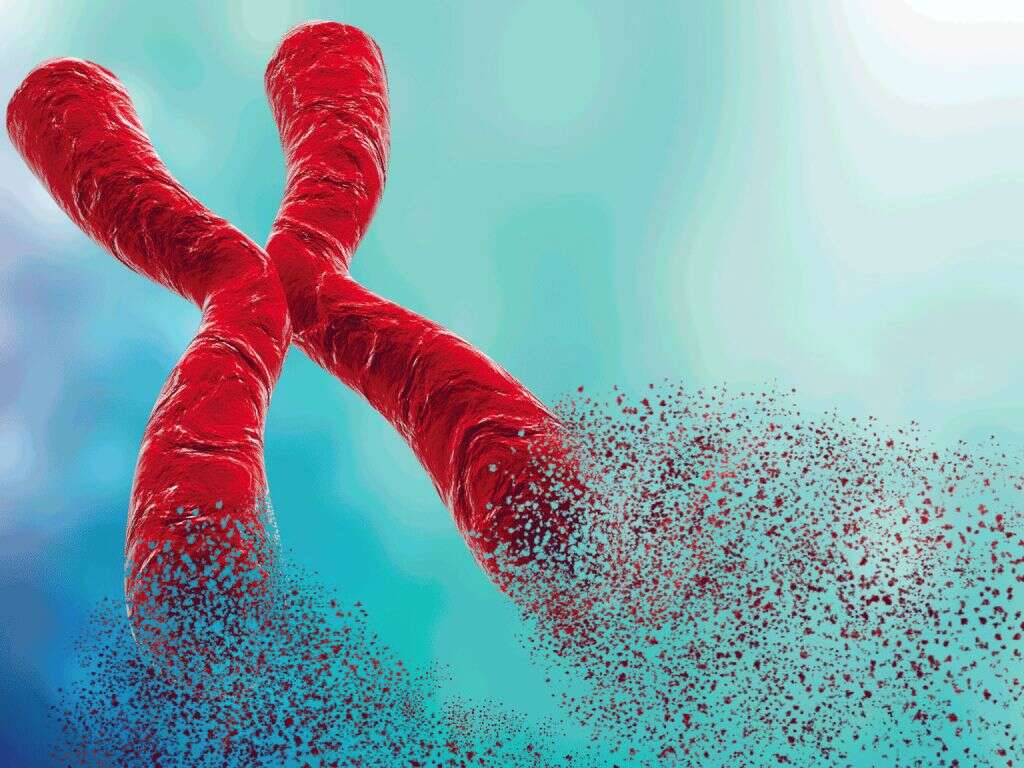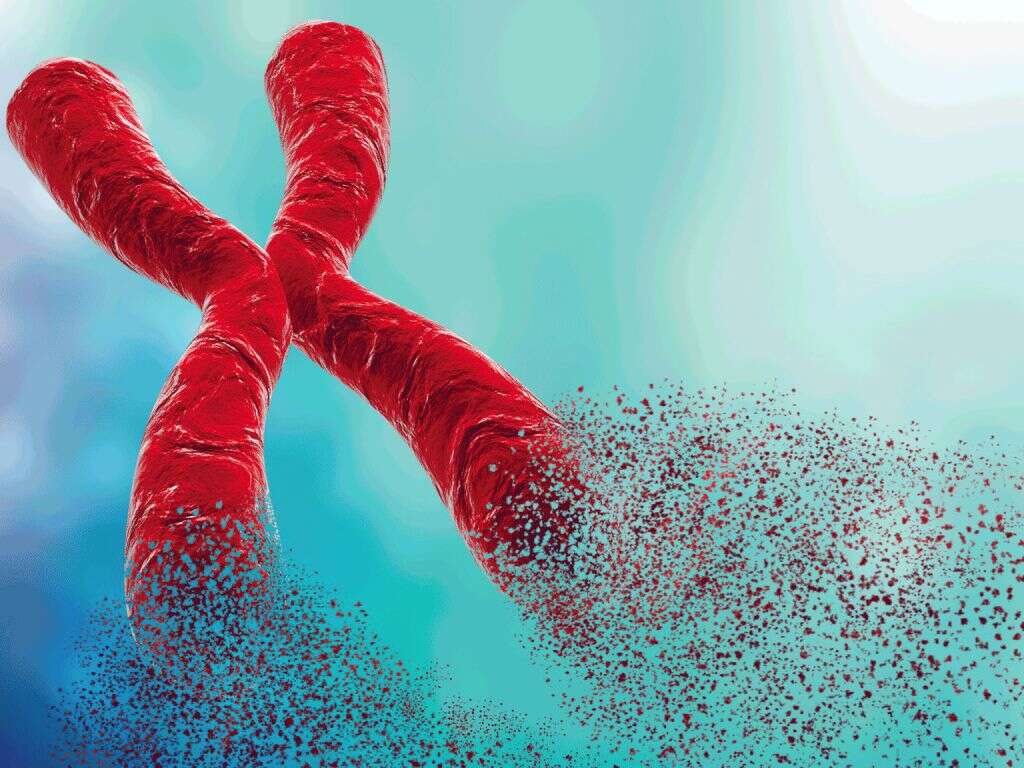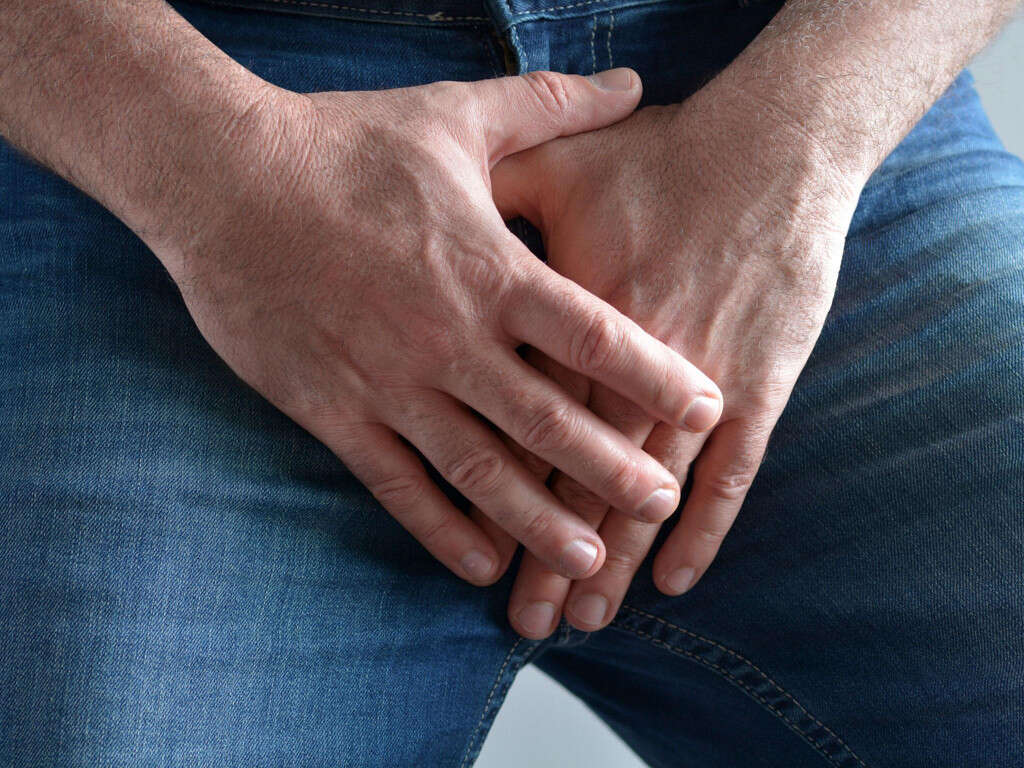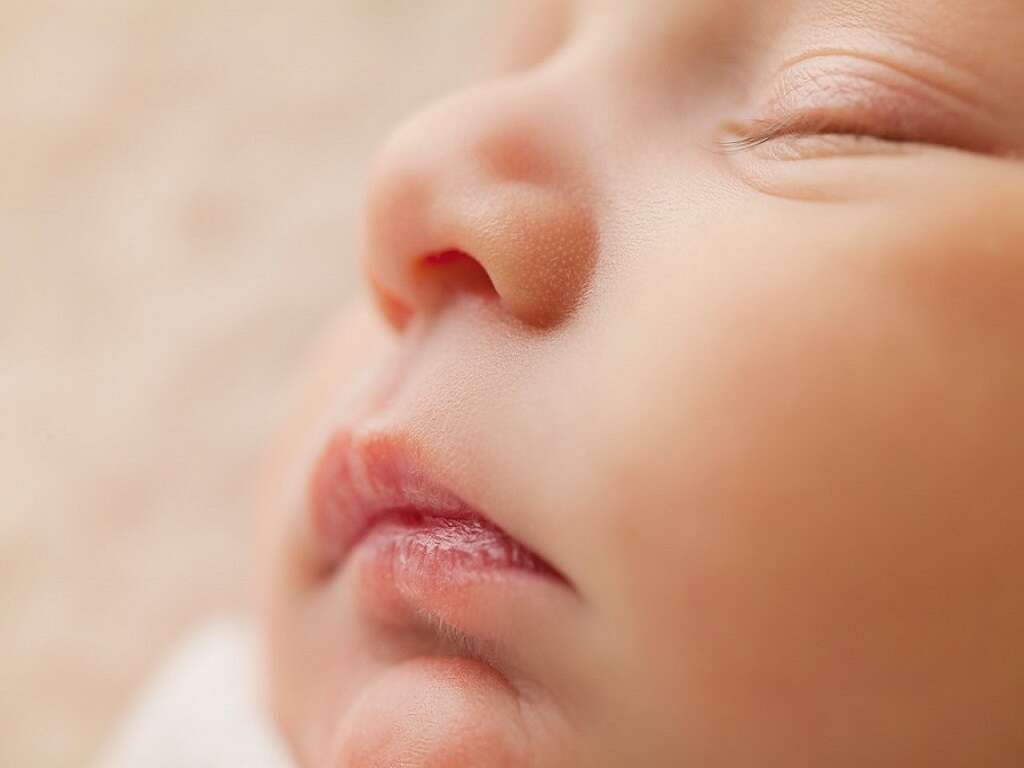What Causes Autism?
 Article Sources
Article Sources
- 1. 'Autism Spectrum Disorder Fact Sheet.' _National Institute of Neurological Disorders and Stroke_, U.S. Department of Health and Human Services, www.ninds.nih.gov/Disorders/Patient-Caregiver-Education/Fact-Sheets/Autism-Spectrum-Disorder-Fact-Sheet#3082 5.
- 2. 'What Is Autism Spectrum Disorder?' _Centers for Disease Control and Prevention_, Centers for Disease Control and Prevention, 25 Mar. 2020, www.cdc.gov/ncbddd/autism/facts.html.
- 3. 'Autism Causes.' _Southwest Autism Research & Resource Center (SARRC)_, 2 Oct. 2019, www.autismcenter.org/autism-causes.
- 4. 'What Causes Autism?' _Autism Speaks_, www.autismspeaks.org/what-causes-autism.
- 5. 'Autism Causes.' _Southwest Autism Research & Resource Center (SARRC)_, 2 Oct. 2019, www.autismcenter.org/autism-causes.
- 6. 'Large Study on Parent Age & Autism Finds Increased Risk with Teen Moms.' _Autism Speaks_, www.autismspeaks.org/science-news/large-study-parent-age-autism-finds-increased-risk-teen-moms.
- 7. Gardener, Hannah, et al. 'Prenatal Risk Factors for Autism: Comprehensive Meta-Analysis.' _The British Journal of Psychiatry : the Journal of Mental Science_, U.S. National Library of Medicine, July 2009, www.ncbi.nlm.nih.gov/pmc/articles/PMC3712619/.
- 8. 'Key Findings: Autism Is Associated with Amount of Time Between Births._' Centers for Disease Control and Prevention_, Centers for Disease Control and Prevention, 27 Aug. 2019, www.cdc.gov/ncbddd/autism/features/time-between-births.html.
- 9. 'Key Findings: Opioids Prescribed Just Before Pregnancy Associated With Autism.' _Centers for Disease Control and Prevention_, Centers for Disease Control and Prevention, 27 Aug. 2019, www.cdc.gov/ncbddd/autism/features/kf-opioids-pregnancy-autism.html.
- 10. 'Autism Spectrum Disorder (ASD): Causes, Symptoms, Treatment & Outlook.' _Cleveland Clinic_, my.clevelandclinic.org/health/diseases/8855-autism.
- 11. 'Autism Spectrum Disorder.' _Mayo Clinic_, Mayo Foundation for Medical Education and Research, 6 Jan. 2018, www.mayoclinic.org/diseases-conditions/autism-spectrum-disorder/symptoms-causes/syc-20352928.
- 12. 'Autism.' _National Institute of Environmental Health Sciences_, U.S. Department of Health and Human Services, www.niehs.nih.gov/health/topics/conditions/autism/index.cfm.
Autism spectrum disorder (ASD) is a neurodevelopmental disorder. People with autism may exhibit repetitive behaviors and experience difficulty interacting with others. Autism symptoms appear in early childhood and may include avoiding eye contact, limited babbling and tendencies to focus on select objects. Disruptions of routines may cause problems. Physical abilities vary, with some ASD children needing substantial assistance with daily activities and others remaining relatively independent. Some children with autism are nonverbal, while others speak somewhat fluently, but their voices may be flat and sentence constructions awkward.
The causes of autism are unclear, and studies are ongoing. Probable culprits include environmental and genetic factors.1‘Autism Spectrum Disorder Fact Sheet.’ National Institute of Neurological Disorders and Stroke, U.S. Department of Health and Human Services, www.ninds.nih.gov/Disorders/Patient-Caregiver-Education/Fact-Sheets/Autism-Spectrum-Disorder-Fact-Sheet#3082 5.

1. Abnormal Brain Structure/Function
Imaging tests performed on those diagnosed with autism reveal differences in brain structure compared to the brain structure in neurotypical children (without autism). The reasons for these variances are still under investigation. There appear to be differences in the development of various regions of the brain. Some studies indicate these anomalies may occur in the early stages of brain development.1‘Autism Spectrum Disorder Fact Sheet.’ National Institute of Neurological Disorders and Stroke, U.S. Department of Health and Human Services, www.ninds.nih.gov/Disorders/Patient-Caregiver-Education/Fact-Sheets/Autism-Spectrum-Disorder-Fact-Sheet#3082 5.
ASD encompasses several disorders, including Asperger syndrome, autistic disorder and pervasive developmental disorders not otherwise specified. Autism may arise due to various factors that occur before, during and after birth.2‘What Is Autism Spectrum Disorder?’ Centers for Disease Control and Prevention, Centers for Disease Control and Prevention, 25 Mar. 2020, www.cdc.gov/ncbddd/autism/facts.html. Multiple studies indicate that parenting practices and vaccines do not cause autism.1‘Autism Spectrum Disorder Fact Sheet.’ National Institute of Neurological Disorders and Stroke, U.S. Department of Health and Human Services, www.ninds.nih.gov/Disorders/Patient-Caregiver-Education/Fact-Sheets/Autism-Spectrum-Disorder-Fact-Sheet#3082 5.

2. Genetic Disorders/Mutations
Studies have associated more than 400 genes with the development of ASD.3‘Autism Causes.’ Southwest Autism Research & Resource Center (SARRC), 2 Oct. 2019, www.autismcenter.org/autism-causes. In some cases, the suspected genes are passed on to children from their parents, even if the parents do not have display symptoms of autism. Most genetic changes don’t lead to autism on their own.4‘What Causes Autism?’ Autism Speaks, www.autismspeaks.org/what-causes-autism.
Specific genetic causes are found in about 10 percent to 20 percent of ASD cases. This indicates that other factors play a role in the development of autism.10‘Autism Spectrum Disorder (ASD): Causes, Symptoms, Treatment & Outlook.’ Cleveland Clinic, my.clevelandclinic.org/health/diseases/8855-autism.
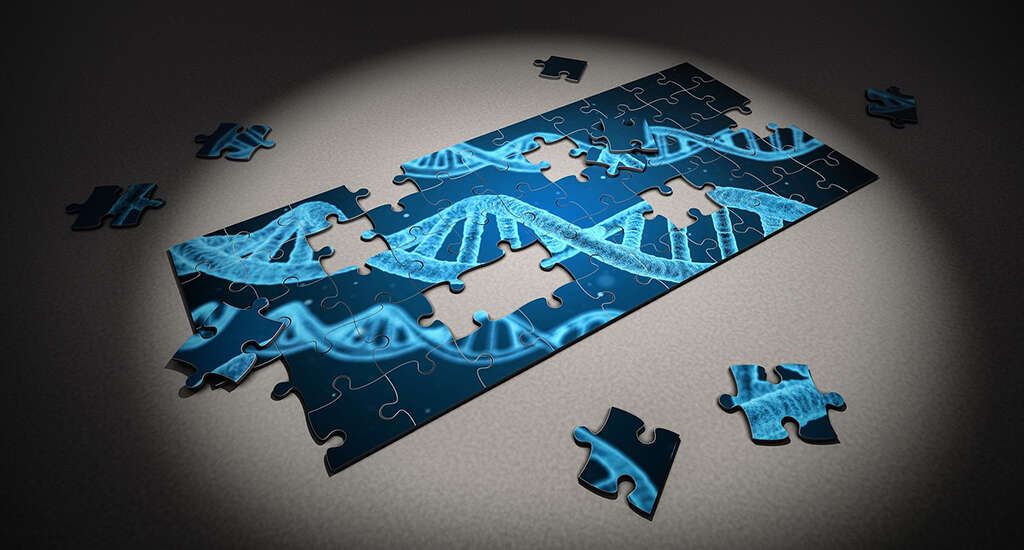
3. Age of Parents
A large, multinational study found a link between parental ages and the incidence of autism. When one parent is aged 40 or older, their offspring are more likely to have autism. The incidence of autism in children increases if both parents are over 40 years old.
The study also revealed an increased likelihood of autism in children whose parents have an age gap of 10 or more years. Teenage mothers are more likely to have children with autism than mothers in their 20s.6‘Large Study on Parent Age & Autism Finds Increased Risk with Teen Moms.’ Autism Speaks, www.autismspeaks.org/science-news/large-study-parent-age-autism-finds-increased-risk-teen-moms.

4. Pregnancy/Birth Complications
Babies born before 26 weeks of gestation may be at greater risk of developing autism, and the disorder is more likely to occur in babies with low birth weights. Autism is also more prevalent in multiple-birth babies, such as twins and triplets.4‘What Causes Autism?’ Autism Speaks, www.autismspeaks.org/what-causes-autism.
A mother who experiences bleeding, preeclampsia, gestational diabetes or hypertension during her pregnancy is more likely to give birth to a child with autism. A child whose mother previously experienced a miscarriage has an increased chance of developing autism.7Gardener, Hannah, et al. ‘Prenatal Risk Factors for Autism: Comprehensive Meta-Analysis.’ The British Journal of Psychiatry : the Journal of Mental Science, U.S. National Library of Medicine, July 2009, www.ncbi.nlm.nih.gov/pmc/articles/PMC3712619/.

5. Spacing of Pregnancies
Babies are more likely to have autism if their mothers gave birth to another child less than 18 months earlier. Babies are also at higher risk of autism if they’re born more than 60 months after their mothers previously gave birth. These children may have more severe autism symptoms.
Birth spacing isn’t associated with other developmental disabilities. Fertility issues and unplanned pregnancies linked to birth spacing don’t appear to be associated with having a child with autism.8‘Key Findings: Autism Is Associated with Amount of Time Between Births.’ Centers for Disease Control and Prevention, Centers for Disease Control and Prevention, 27 Aug. 2019, www.cdc.gov/ncbddd/autism/features/time-between-births.html.
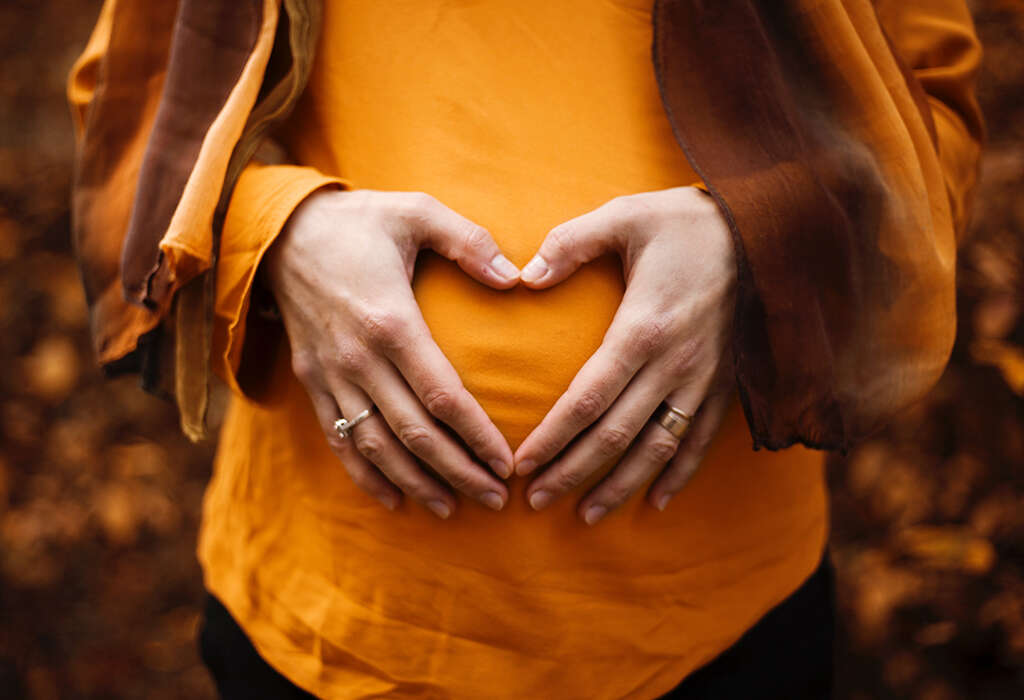
6. Medications During Pregnancy
Evidence suggests most medications a mother takes during her pregnancy don’t increase the chances of her baby having autism. However, mothers who take valproic acid or thalidomide have an increased risk of having a child with autism.2‘What Is Autism Spectrum Disorder?’ Centers for Disease Control and Prevention, Centers for Disease Control and Prevention, 25 Mar. 2020, www.cdc.gov/ncbddd/autism/facts.html.
Mothers who take opioids immediately prior to becoming pregnant are more likely to have a child who develops autism. These children also have a greater chance of exhibiting other developmental disabilities.9‘Key Findings: Opioids Prescribed Just Before Pregnancy Associated With Autism.’ Centers for Disease Control and Prevention, Centers for Disease Control and Prevention, 27 Aug. 2019, www.cdc.gov/ncbddd/autism/features/kf-opioids-pregnancy-autism.html.
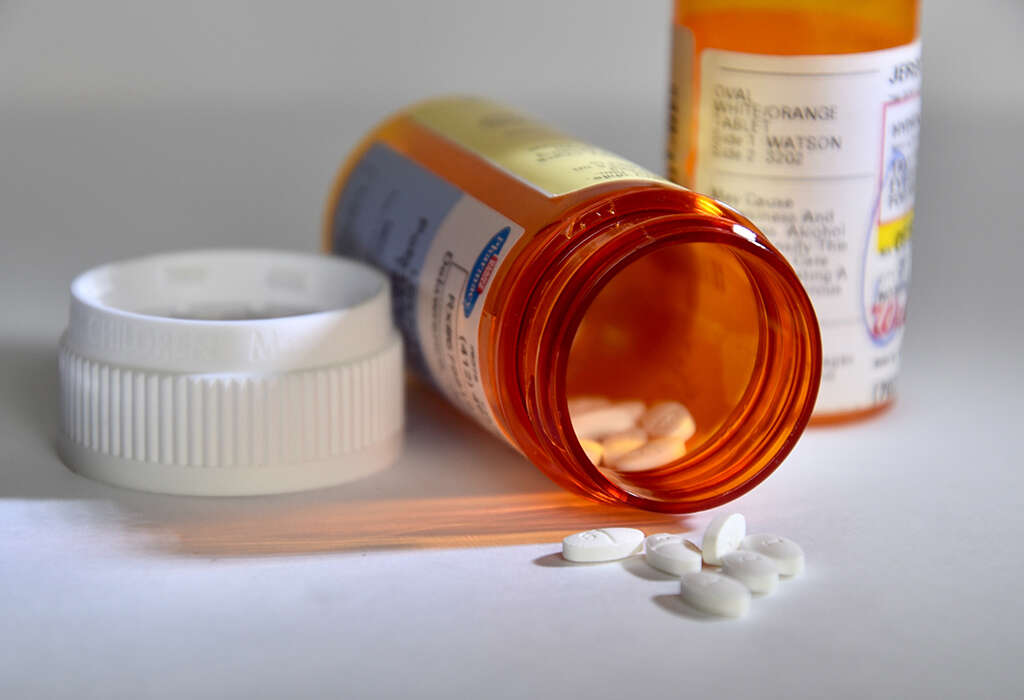
7. Family History
If one child in a family has autism, the siblings are at increased risk of having the disorder. A younger sibling of a child with autism is 20 percent more likely to have the disorder. A third sibling has a 32 percent greater chance of having autism.10‘Autism Spectrum Disorder (ASD): Causes, Symptoms, Treatment & Outlook.’ Cleveland Clinic, my.clevelandclinic.org/health/diseases/8855-autism.
Parents and other relatives of a child with autism may exhibit behaviors often seen with this disorder. They may also have behavior and communication issues.11‘Autism Spectrum Disorder.’ Mayo Clinic, Mayo Foundation for Medical Education and Research, 6 Jan. 2018, www.mayoclinic.org/diseases-conditions/autism-spectrum-disorder/symptoms-causes/syc-20352928.

8. Gender
A child’s gender appears to play a role in the development of autism. The disorder occurs four times more often in boys than in girls.11‘Autism Spectrum Disorder.’ Mayo Clinic, Mayo Foundation for Medical Education and Research, 6 Jan. 2018, www.mayoclinic.org/diseases-conditions/autism-spectrum-disorder/symptoms-causes/syc-20352928.
One out of every 68 children has autism.1‘Autism Spectrum Disorder Fact Sheet.’ National Institute of Neurological Disorders and Stroke, U.S. Department of Health and Human Services, www.ninds.nih.gov/Disorders/Patient-Caregiver-Education/Fact-Sheets/Autism-Spectrum-Disorder-Fact-Sheet#3082 5. The disorder is present in people of all races and ethnicities as well as in all socioeconomic groups.2‘What Is Autism Spectrum Disorder?’ Centers for Disease Control and Prevention, Centers for Disease Control and Prevention, 25 Mar. 2020, www.cdc.gov/ncbddd/autism/facts.html. As of 2017, autism was present in 2.21 percent of the U.S. population, and the incidence of the disorder was on the uptick.10‘Autism Spectrum Disorder (ASD): Causes, Symptoms, Treatment & Outlook.’ Cleveland Clinic, my.clevelandclinic.org/health/diseases/8855-autism.

9. Other Disorders
Certain medical conditions may predispose children to develop autism. Genetic conditions linked to autism include fragile X syndrome and Rett syndrome, both of which cause intellectual disabilities. Tuberous sclerosis, a condition in which benign tumors appear in the brain, is also associated with the occurrence of autism.11‘Autism Spectrum Disorder.’ Mayo Clinic, Mayo Foundation for Medical Education and Research, 6 Jan. 2018, www.mayoclinic.org/diseases-conditions/autism-spectrum-disorder/symptoms-causes/syc-20352928.
Epilepsy is more common in those with autism. Up to 30 percent of people with autism develop epilepsy by the time they become adults.1‘Autism Spectrum Disorder Fact Sheet.’ National Institute of Neurological Disorders and Stroke, U.S. Department of Health and Human Services, www.ninds.nih.gov/Disorders/Patient-Caregiver-Education/Fact-Sheets/Autism-Spectrum-Disorder-Fact-Sheet#3082 5.
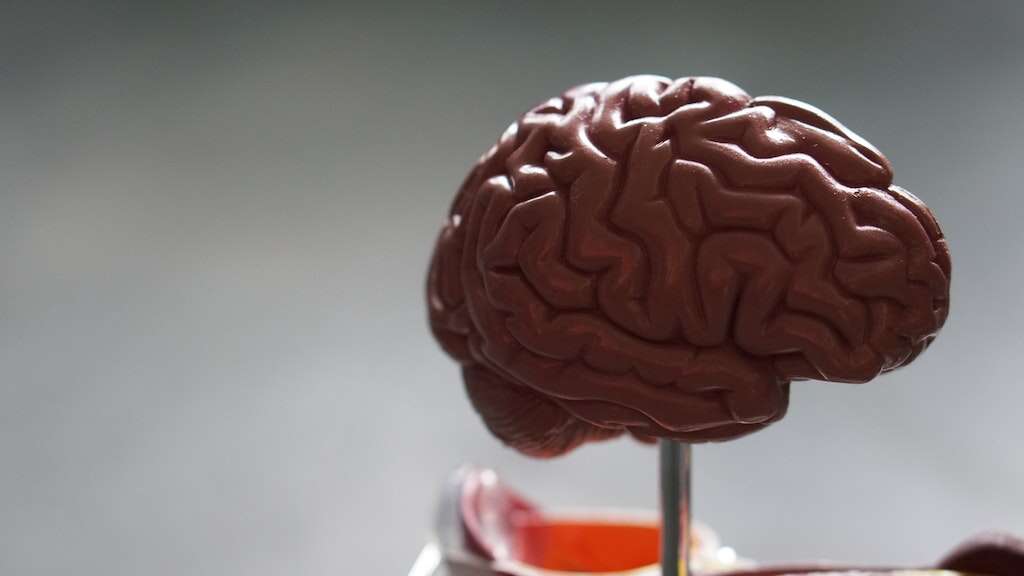
10. Environmental Influences
Scientists suspect environmental factors may also play an role in the development of autism and have investigated several possibilities.
Studies suggest babies whose mothers are exposed to air pollution in the third trimester of pregnancy have an increased risk of developing autism. A mother’s exposure to insecticides during early pregnancy may increase her baby’s chance of having autism. Metals and contaminants, including Bisphenol A, phthalates, flame retardants and polychlorinated biphenyls, are under investigation as possible causes of autism.12‘Autism.’ National Institute of Environmental Health Sciences, U.S. Department of Health and Human Services, www.niehs.nih.gov/health/topics/conditions/autism/index.cfm.



